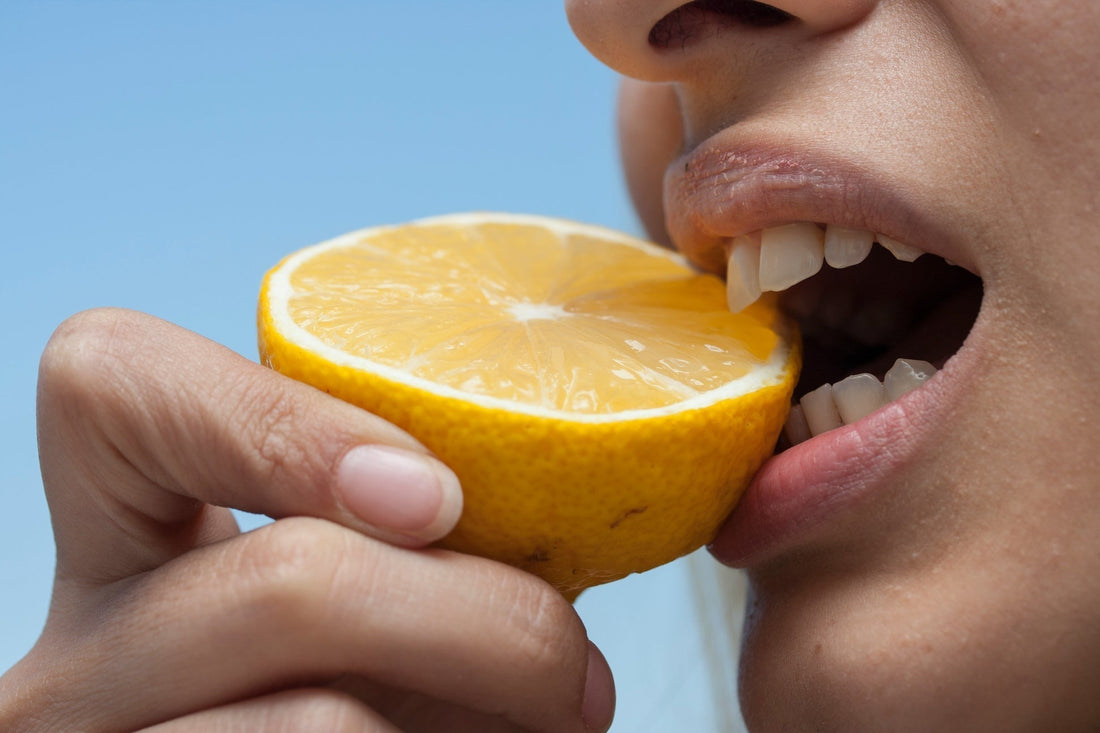
Is Low-Acid Coffee a Scam? The Truth Behind the pH Myth
Share
Low-acid coffee is booming in popularity—promising a gentler brew for people with sensitive stomachs or acid reflux. But is it really any different? Or is this just clever branding wrapped around a buzzword?
In this post, we’ll break down what low-acid coffee really means, how pH works in coffee, and whether these claims hold up under scrutiny. If you’ve ever paid more for a “stomach-friendly” bag of beans, this one's for you.
---
What Does “Low-Acid” Coffee Claim to Be?
Brands marketing low-acid coffee often promise benefits like:
- Less heartburn or acid reflux
- Easier digestion
- Smoother taste
- Lower overall pH (i.e. less acidity in the cup)
Sounds good, right? But let’s dig deeper into what “acid” really means in coffee—and where the myth begins.
---
Coffee Acidity vs. pH: Not the Same Thing
Here’s the key to understanding the scam: there are two kinds of acidity in coffee, and marketers often confuse them:
- Sensory acidity: Describes flavor. Think of brightness, tanginess, citrusy or fruity notes. A good thing in specialty coffee.
- pH acidity: Measures the chemical acid level of a liquid. This is what would affect your stomach.
Low-acid coffee marketers imply their product is lower in both. But that’s rarely the case.
---
Here’s the Truth: Coffee pH Doesn’t Vary That Much
The average cup of black coffee has a pH of around 4.5 to 5.0. (For reference, water is neutral at 7.0.)
When tested, most so-called “low-acid” coffees are only about 0.1 to 0.3 pH points higher than regular coffee. That’s not a big difference—and certainly not enough to radically change how your body reacts to it.
Key takeaway: Whether you drink a mainstream roast or a "low-acid" bag, you're still drinking a mildly acidic beverage. Your stomach likely can't tell the difference in pH.
---
So Why Do Some Coffees Feel Harsh?
If the pH isn’t radically different, why do some people say they feel better drinking low-acid coffee?
It’s usually because of other variables that are unrelated to acidity:
- Dark roast: Roasting longer breaks down more chlorogenic acids (which can irritate sensitive stomachs).
- Brewing method: Cold brew is naturally lower in acid because of its slow extraction and lower temp (when diluted to the proper level).
- Bean origin: Beans from lower elevations (e.g. Brazil, Sumatra) tend to have less bright, citric acidity.
- Decaf: The decaffeination process often lowers acid-related compounds.
So if a coffee is dark-roasted, cold brewed, and sourced from a mellow origin, it’ll naturally taste and feel less acidic—without changing the actual pH in a meaningful way.
---
The Marketing Hype Around “Low-Acid” Coffee
Brands love the term “low-acid” because it sounds healthy, scientific, and exclusive—without needing FDA approval or rigorous data.
But in most cases, it’s just a blend of tactics that could be applied to any coffee:
- Sourcing low-altitude beans (less brightness)
- Using dark roasts (less chlorogenic acids)
- Suggesting cold brew prep
And here’s the kicker: they often charge 20–40% more for it.
That’s not innovation. That’s packaging strategy.
---
Want Coffee That’s Actually Easier on Your Stomach?
If you’re sensitive to acidity or caffeine, skip the gimmicks and focus on these practical strategies:
- Choose decaf: Caffeine can relax your lower esophageal sphincter, contributing to acid reflux.
- Go for medium-dark roasts: Less acid, more smoothness.
- Try cold brew: Naturally lower in acids and smoother on the stomach.
- Drink with food: Never sip on an empty stomach if you're prone to digestive issues.
All of our Frequent Coffee decaf blends are roasted with balance in mind—no marketing fluff required.
---
Real Results or Real Placebo?
It’s true that some people swear by low-acid coffee. But that doesn’t make it scientifically superior—it may just be smoother, milder, and psychologically reassuring.
There’s no harm in enjoying what feels best for your body. But you shouldn’t have to pay more for a label that doesn’t mean what you think it means.
---
Final Thoughts: Don’t Get Burned by a Buzzword
Low-acid coffee isn’t a scam in the sense that it’s fake—but the way it’s marketed absolutely is. The pH differences are minimal. The benefits come more from roast level, brewing method,
What’s Your Experience with Low-Acid Coffee?
Have you tried low-acid coffee? Did it live up to the hype—or just taste like an overpriced dark roast?
We’d love to hear your thoughts. Share your experience in the comments below or tag us on Instagram at @frequent.coffee with your favorite brew method, go-to decaf, or thoughts on acidity and coffee marketing.
Your feedback helps us shape the future of honest, flavor-first coffee—without the gimmicks.
